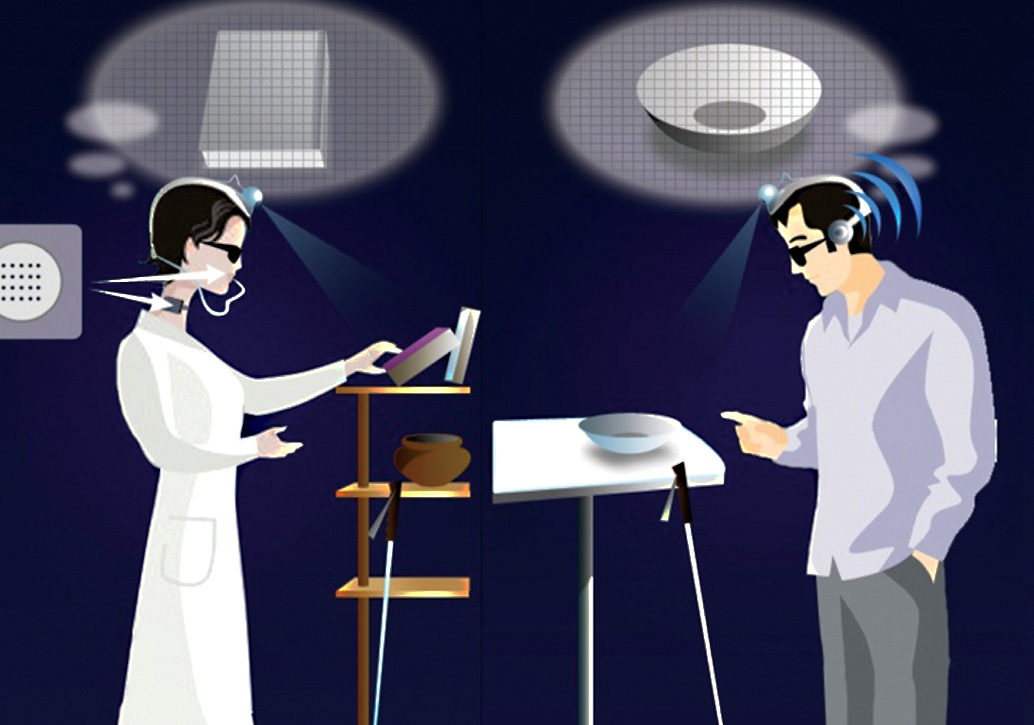Seeing Sounds
Individuals who have been blind from birth have a similar visual cortex (the part of the brain responsible for vision) similar to those who are fully sighted, according to a study by neuro-scientists in Jerusalem. This area of the brain shows positive results when stimulated, and individuals can even be trained to “see” sounds. With further research, scientists hope to be able to “turn people’s sight back on” using these findings. Get more information at: brain.huji.ac.il.
Here’s to daydreaming
Ever been caught staring into space when you’re supposed to be concentrating? Don’t feel bad; daydreaming may actually help you perform better on mental tasks that require focus. Or so says new research undertaken by Nathan Spreng of Cornell University and published in the Journal of Neuroscience. According to Spreng, the “default network” of the brain that is associated with a woolgathering mind also helps short-term memory performance. Get more information at thehealthsite.com.
Touching the Prado
Hats off to Spain’s Museo Nacional del Prado for helping visitors with visual impairments experience the emotions and aesthetics of six works of art. The paintings are three dimensional, and visitors are invited to “touch and see.” The museum has also developed an accompanying audio guide, which walks visitors through 53 additional works, including 14 masterpieces. For more information, visit museodelprado.es.
Food for memory
Getting forgetful? Research has shown that brain memory functions diminish with age. To improve yours, try eating bananas, red peppers, spinach and oranges. All are good sources of antioxidant vitamins A, C and E; and have been found to be good for brain health and memory. Soy is also recommended by some health professionals; get it in tofu, soy milk and soybeans. For more information, visit saga.co.uk.
“Thinking” his way to arm movement
A Colorado man made history at the Johns Hopkins University Applied Physics Laboratory this summer when he became the first bilateral amputee to wear and simultaneously control two of the laboratory’s modular prosthetic limbs. Les Baugh, who lost both arms in an electrical accident 40 years ago, was able to operate the system by simply thinking about moving them. Dr. Albert Chi, a trauma surgeon at Johns Hopkins, explains, “By reassigning existing nerves, we can make it possible for people who have had upper-arm amputations to control their prosthetic devices by merely thinking about the actions they want to perform.” Baugh says he is excited to be able to do “simple things that most people don’t think of,” such as “being able to put change in a machine and get a can of pop out of it.” To learn more, visit rehabmagazine.ca.














